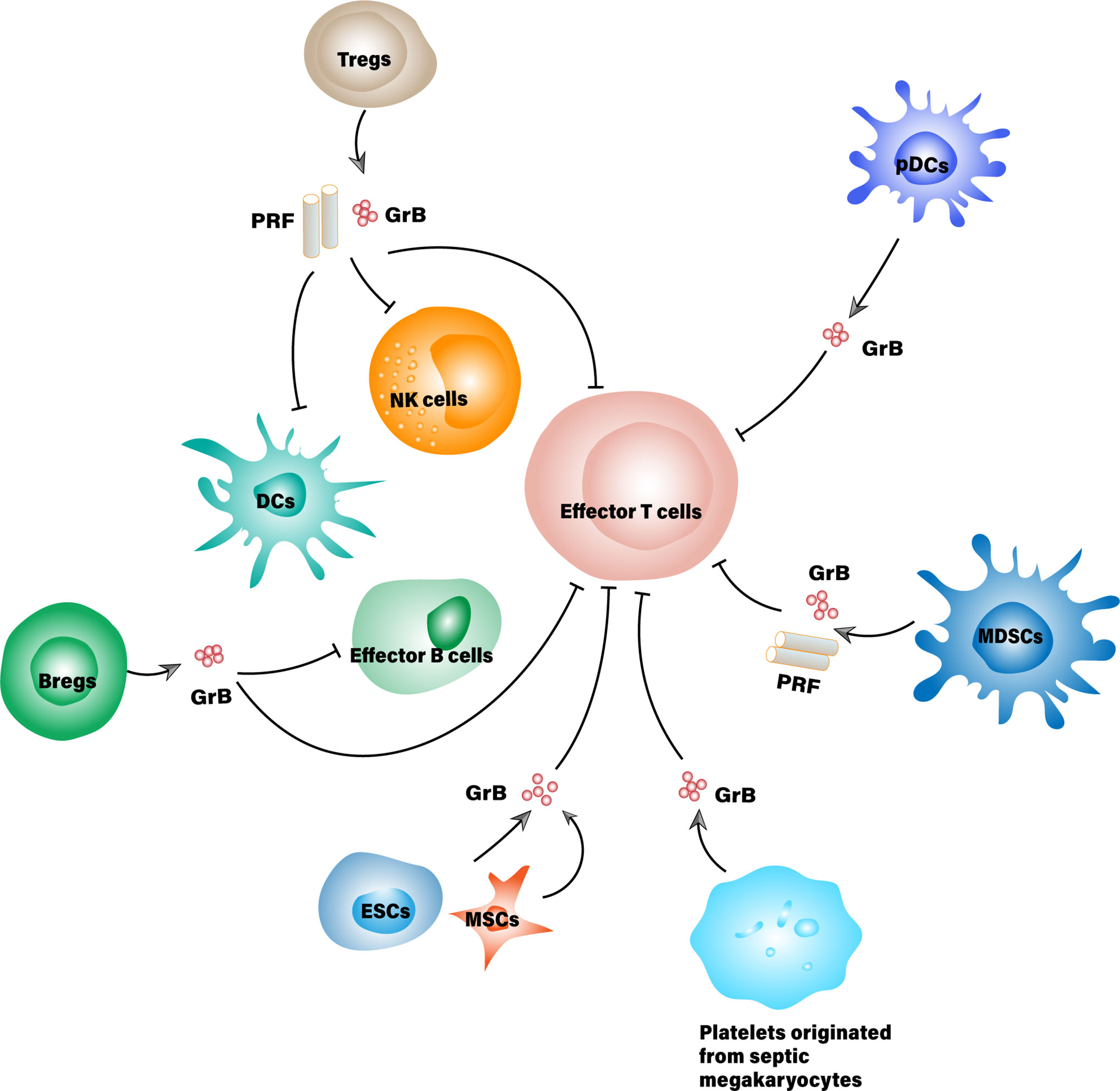The granzyme b gene is gaining attention in the fields of investing and genetic research. Genes play crucial roles in the functioning of the human body, and granzyme b has emerged as a key player. It codes for an enzyme found in immune cells that induces programmed cell death in target cells, defending against pathogens.
Additionally, researchers are exploring its potential in cancer treatment, making it an exciting investment opportunity. Understanding this gene’s intricacies is essential for comprehending molecular-level functioning and its impact on healthcare outcomes.
Historical Background and Discovery of Granzyme B Gene
In the late 1980s, scientists uncovered a group of proteins called granzymes, which are found in immune cells like cytotoxic T cells and natural killer cells. Among these proteins, the granzyme b gene stood out for its unique characteristics and powerful effects on target cells.
This discovery opened up new avenues for research into understanding the functions and therapeutic potential of this gene. It has since been found to play a crucial role in immune responses, with implications in autoimmune disorders and cancer treatment.
The study of granzyme b continues to shed light on the intricacies of our immune system and offers promising possibilities for improving human health.
| Key Points |
|---|
| – Granzyme b gene was discovered in the late 1980s |
| – It is found in immune cells and has potent effects on target cells |
| – Research focuses on understanding its functions and therapeutic potential |
| – Implications include autoimmune disorders and cancer treatment |
Overview of Genes and Their Role in the Human Body
Genes are segments of DNA that contain instructions for building proteins, which are essential molecules involved in various biological processes. They serve as blueprints for creating different components necessary for our bodies to function correctly.
Genes not only determine our physical traits but also play a crucial role in regulating bodily functions at a cellular level. By understanding how genes work, scientists can gain insights into diseases, develop treatments, and explore investment opportunities within biotechnology and genetic research.
Detailed Explanation of Granzyme B Gene and Its Functions
The granzyme B gene, also known as GZMB, produces the granzyme B protein that plays a crucial role in immune responses. It induces apoptosis, or programmed cell death, in target cells to eliminate infections and tumors.
Granzyme B is mainly expressed in cytotoxic T cells and natural killer cells but can also be present in certain tumor cells and activated endothelial cells. Understanding the functions of the granzyme B gene provides insights for developing targeted therapies against diseases.
By studying its genomic, mRNA, and protein analysis, researchers gain a deeper understanding of its potential applications in medicine.
Importance of Genomic Analysis in Understanding Granzyme B Gene
Genomic analysis is essential for unraveling the mysteries surrounding genes like granzyme B. By studying its genomic sequence, researchers can gain insights into its structure, variations that may affect its function, and potential gene mutations that contribute to diseases or impact therapeutic interventions.
This knowledge guides research investment decisions and has implications for personalized medicine. Furthermore, genomic analysis contributes to advancements in forensic science and evolutionary biology by tracing human migration patterns and ancestral relationships.
Overall, it plays a crucial role in understanding granzyme B and its significance in immunology, therapy development, personalized medicine, forensic science, and human evolution.
Role of mRNA and Protein Analysis in Studying Granzyme B Gene
mRNA analysis focuses on understanding the specific RNA molecules transcribed from the granzyme b gene. These molecules serve as intermediaries between the gene and the production of proteins like granzyme B. By studying mRNA expression levels, scientists gain insights into when and where granzyme B is produced in the body.
Protein analysis involves studying the characteristics and functions of granzyme B itself. By examining its structure, interactions with other molecules, and enzymatic activity, scientists understand how it functions in different cellular contexts.
This knowledge is crucial for developing targeted therapies and assessing their potential value as investments.
In summary, mRNA analysis helps us understand when and where granzyme B is produced, while protein analysis reveals how it functions. Combining these approaches deepens our understanding of granzyme B’s role in physiological processes and informs potential therapeutic applications.
Introduction to Investing in Biotechnology and Genetic Research
Investing in biotechnology and genetic research is gaining popularity for its potential to revolutionize healthcare through groundbreaking discoveries and transformative medical treatments. One area of interest within this field is the granzyme B gene, which plays a crucial role in immune responses against infections and tumors.
By exploring genomic and mRNA analysis techniques, investors can unlock the possibilities of targeted therapies and contribute to advancements in medicine. Investing in this field not only offers potential financial gains but also contributes to the future of healthcare and society as a whole.
Potential Applications of Granzyme B Gene in Developing New Treatments
The granzyme B gene offers promising potential for developing innovative treatments. Researchers are exploring its use in selectively inducing apoptosis in cancer cells, while sparing healthy tissues, leading to more effective and less toxic cancer therapies.
Additionally, advancements in gene editing technologies like CRISPR-Cas9 allow for precise manipulation of the granzyme B gene, enhancing its therapeutic potential and enabling the development of treatments for various diseases.
Investing in biotechnology research is crucial to further explore and harness the full potential of this gene in revolutionizing modern medicine.
[lyte id=’1EGOETJogqw’]






